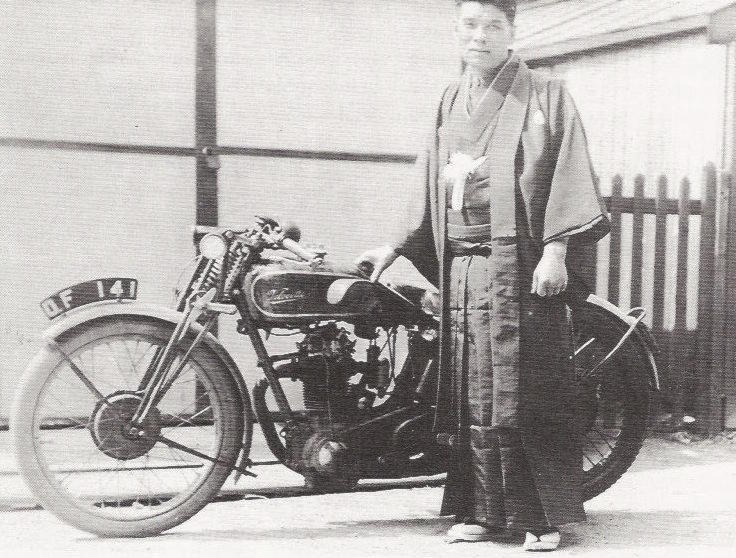
Invited to compete at the 1930 Junior TT by Veloce management as thanks for his efforts in Japan, Tada was loaned Alec Bennett’s 1929 IoM third-place winning machine. This was quite a leap of faith for the company, for although he was an expert racer in Japan (which used mainly dirt tracks until the 1960’s), Tada had never set eyes on the complex and demanding 37.5-mile Island circuit. He acquitted himself well, gaining 15th place, and the nickname ‘the India Rubber Man’, as he took numerous minor spills during the course of the race, yet always remounted, and completed the Junior TT in fine time. The below photo shows Tada astride the ex-Works 350cc ohc Velo, with Percy Goodman, Managing Director of Veloce Ltd, directly behind him. Note Tada’s Japanese flag on his lapel.
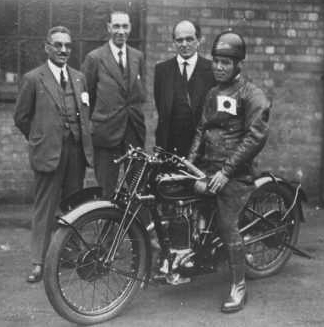
For the 1930 Isle of Man TT, Veloce management seems to have invited Velocette dealers from around the globe to race, as a celebration of the superiority of the KTT in worldwide racing, including at the Isle of Man, which which Velocettes won handily in the 350cc class in 1928 and ’29. Bringing riders from far afield seems to have been unlucky though, as the best places for Velos in the 1930 Junior TT was 4th, ridden by David Hall of South Africa (2nd from the left in the photo above), and the 7th place of Englishman George Mitchell, behind the petrol tank, above. From its introduction (1929) the KTT was sold all over the world, in Japan (3) to New Zealand (5) and Australia (5), South Africa (9), India (1), the US (1) and Canada (1), and all over Europe – 180 sold in total from January to December of 1929.
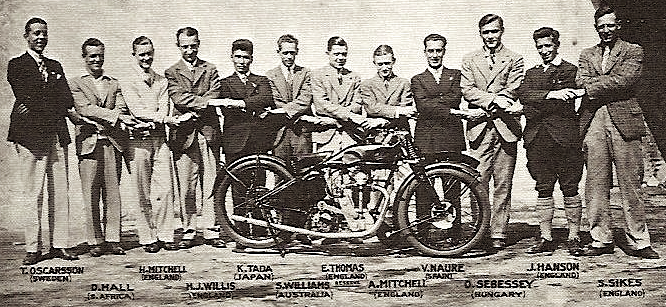
In the 1930 silent film ‘Faster Than Ever: An All-British Victory!’, which is a British Pathe property, has a nice (albeit silent) sequence showing the various racers on the grid for the ’30 Isle of Man Senior and Junior TT… one of which is obviously Kenzo Tada himself smiling for the camera. Photographs of Tada are quite rare; I was thrilled to see this one. Below is a short preview of the film – the Tada sequence is just past the halfway point, right after Graham Walker smooches Tyrrel Smith!
Kenzo Tada’s Tomeye Trading Co. was the Velocette agent for Tokyo, and ordered three of the earliest KTT models; KTTs #20, 22 and 28, all in February of 1929. We also have an interview conducted in 1972, recounted in the excellent book, ‘Japan’s Motorcycle Wars’ (reviewed here in The Vintagent):
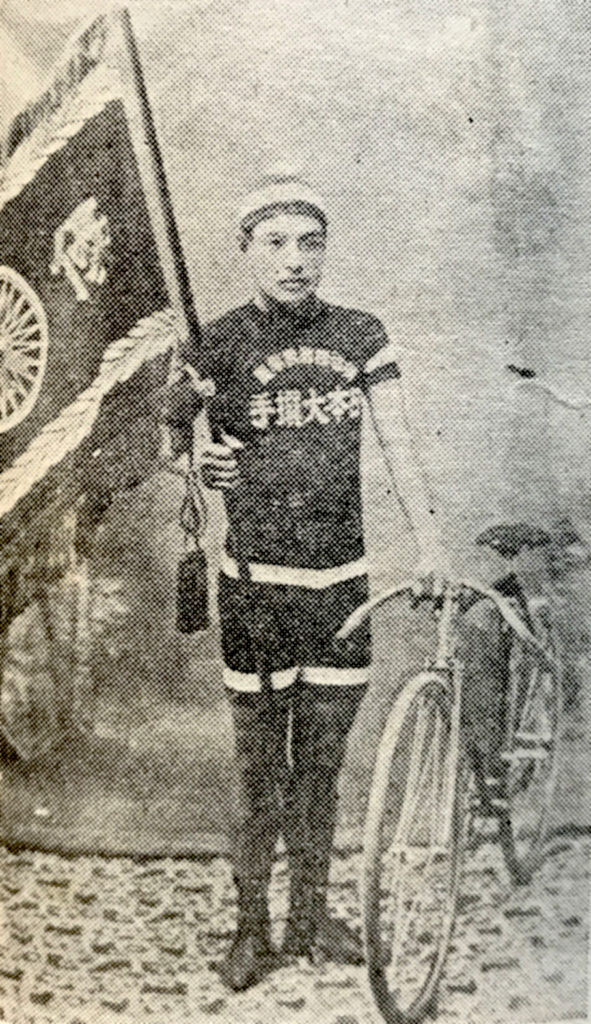
“I began as a bicycle racer, and started that at the end of the Russo-Japanese War, in 1905. That first race was once around Shinobazu pond in Ueno Park, Tokyo, which was a 3 mile course, as the pond was bigger at that time. I was 18 years old and the prize was half a dozen beer glasses… Afterwards I trained for the Komiyama race as an apprentice, like a young sumo wrestler. I rode bicycles imported from America by the Ishikawa company in Yokohama. I joined their racing team in 1907. The pace car at that race was a Triumph motorcycle.”
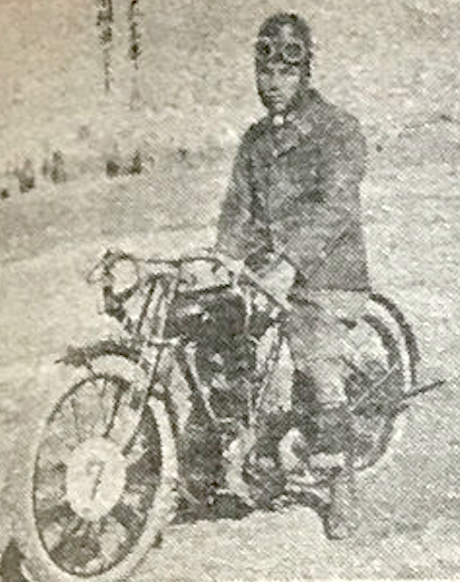
“Most bicycles were imported then and the Ishikawa company brought in American Pierce and British Triumph bicycles… I rode in a 250 mile bicycle race on 30 June 1907 and I won… In those days various stages of the race were reported by telegram to the finish line. I won several races after that and was reported on widely in the press. I was paid 3 yen per month by the Ishikawa company and I raced 3, 5 and 10 mile races. 10 miles races were the main event and if I won I was paid 10 yen and 5 yen for shorter races.”
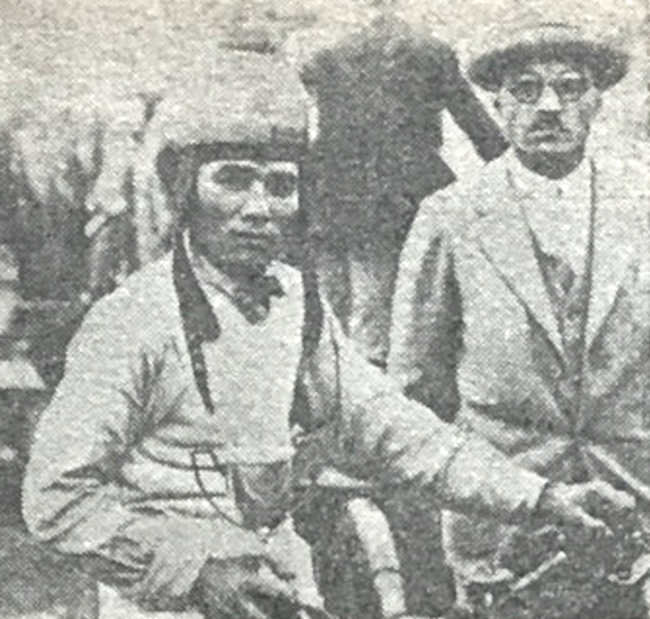
I read three British motorcycle magazines all the time, Motorcycle, Cycling and Motorcycling and therein learned about the Isle of Man TT (Tourist Trophy) race. That was the age of ships, not of airplanes so I went to Korea, Harbin and then travelled to Europe by rail in the spring of 1930. From Paris I went to Dover and it took about 40 days in all to reach Man in May. I practiced for a month for the race which was scheduled for June. I rode a British 350 Velocette motorcycle on the 420 km asphalt course. A racer on a Norton came in first place that year [actually it was Rudge 1st in both Junior and Senior TTs] while I finished 15th and received a trophy… I had some western clothes but at the prize reception photo shoot I wore a Japanese haori (half coat), hakama (traditional loose fitting trousers), white tabi (socks) and felt zori (sandals). I went home via the Mediterranean sea, through the Suez canal to Singapore and then to Hong Kong before arriving home in Japan after a 41 day trip. Mine was the first overseas racing expedition to be completed and it it linked the racing community of Japan with the rest of the racing world.”
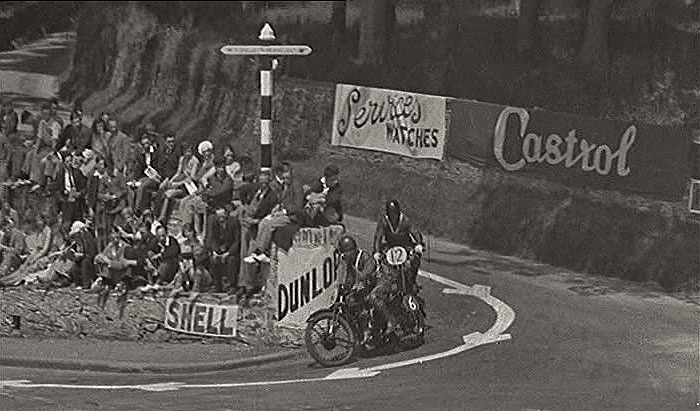
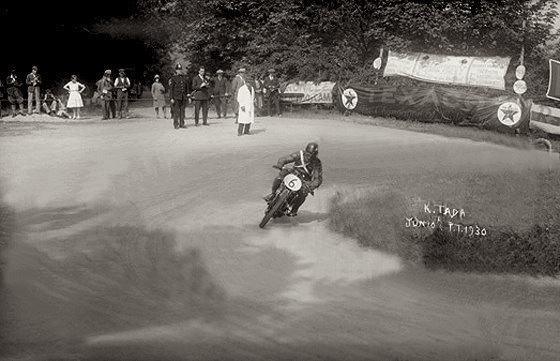
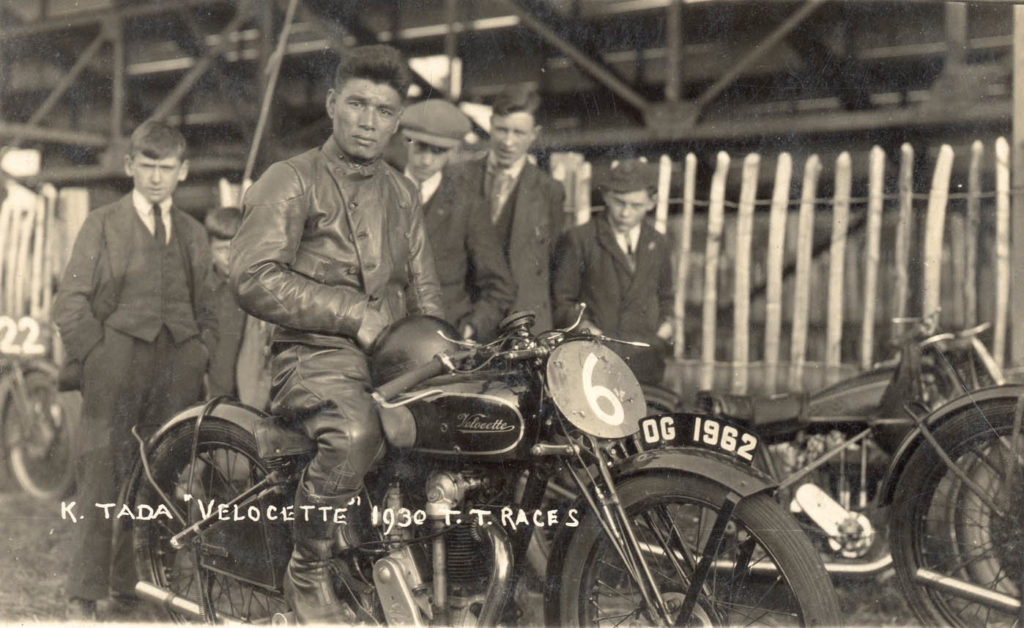

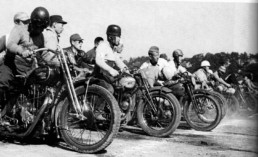
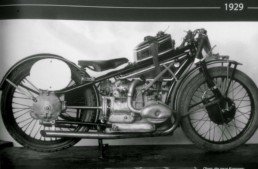

Amazing story! What an adventure, all across the World in those days…there should be a film made.
Hi Paul enjoyed the Kenzo Tada story. The fuzzy picture with number 7 is a Big Port AJS